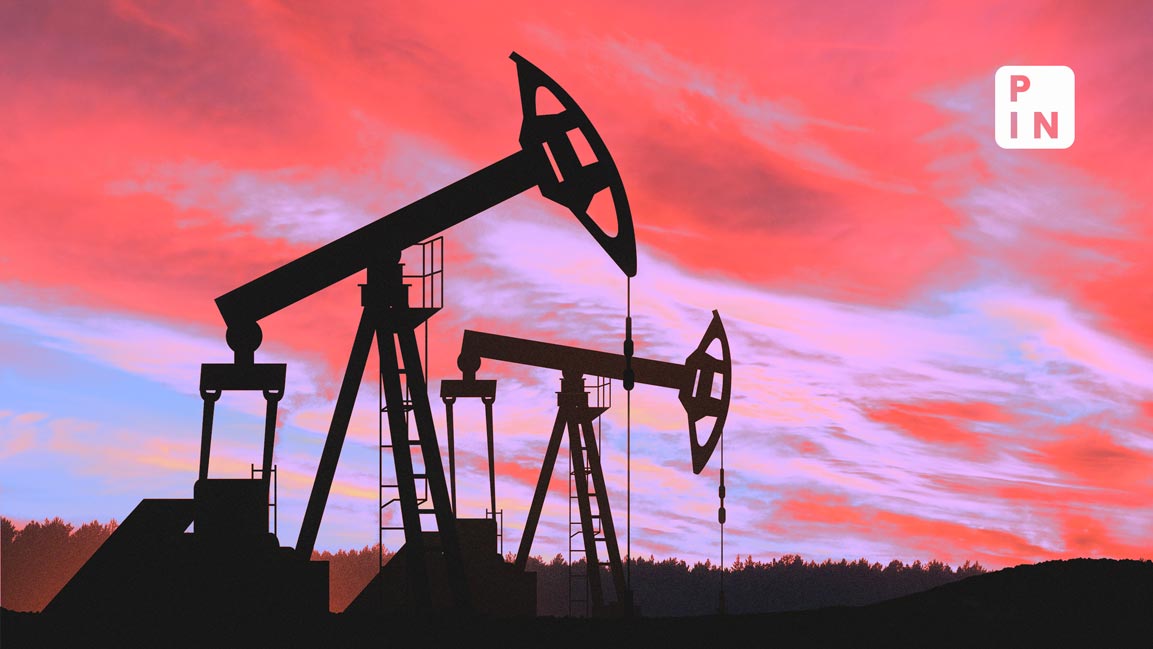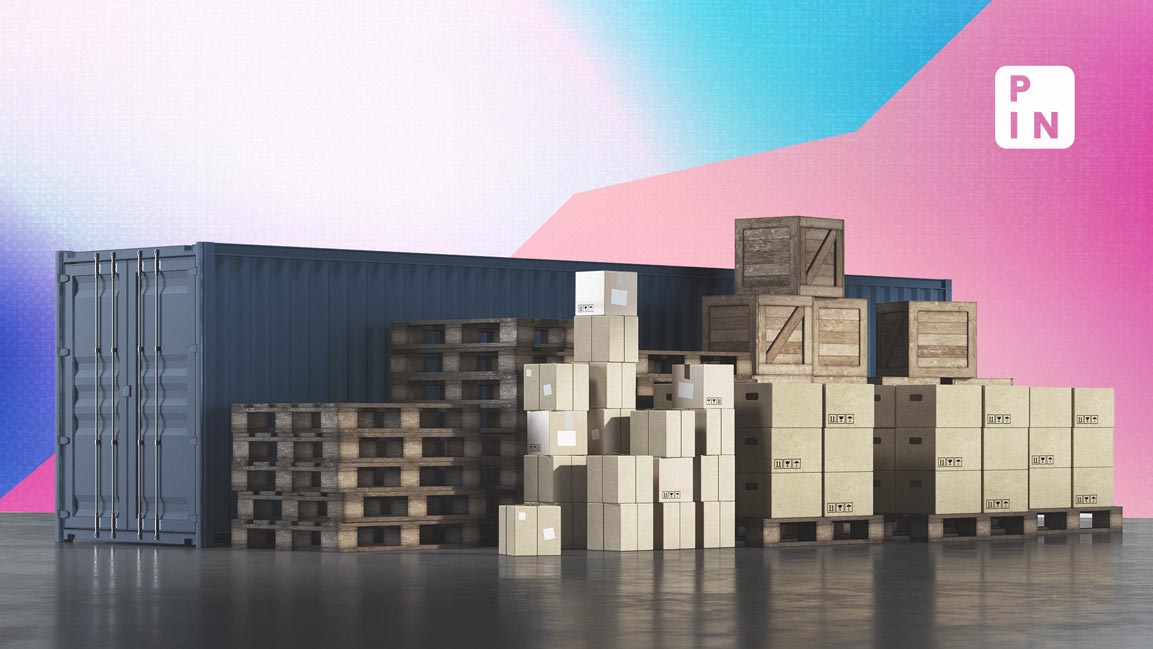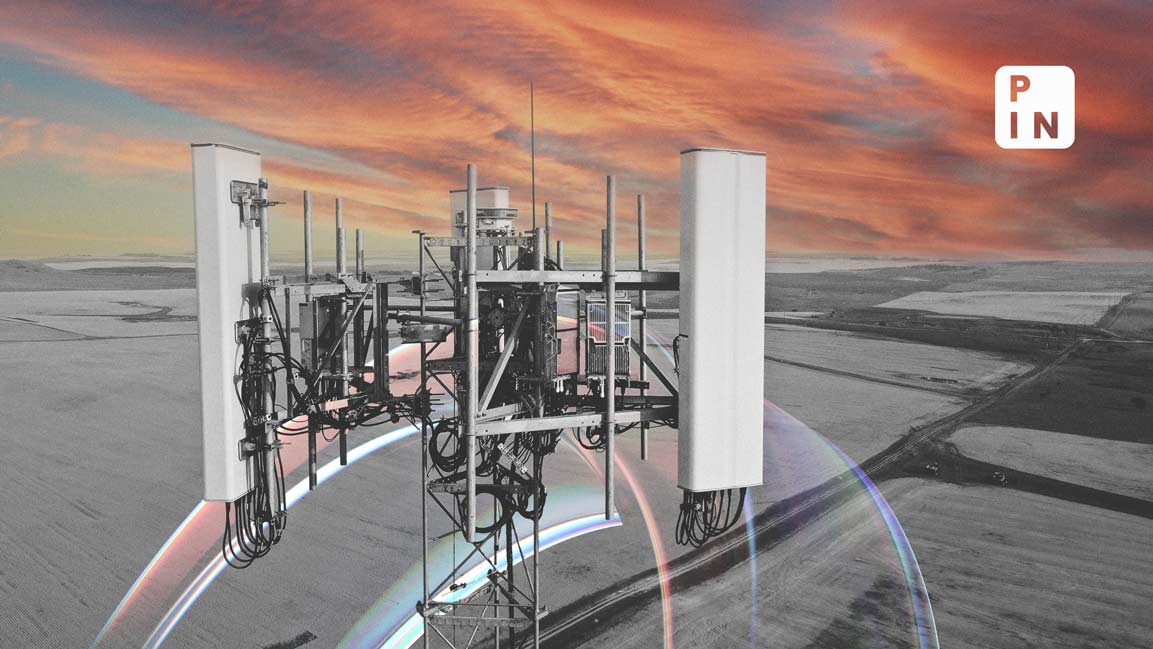- | 7:36 pm
Indian exports decline in July as global inflationary pressures weigh
Global inflationary pressures and a slowdown in the West dragged down Indian exports and imports in July, even as the trade deficit narrowed.

Global inflationary pressures and a slowdown in the US and Europe amid growing protectionism and geopolitical tensions dragged down India’s exports and imports in July, even as the trade deficit narrowed.
Merchandise and services exports declined 5% year-on-year to $59.43 billion in July, while imports fell by almost 13% to $67.77 billion.
Trade deficit improved by about 45% to $8.35 billion from $15.24 billion a year ago despite the decline in exports, government estimates showed.
Among exports, iron ore saw the biggest year-on-year jump of 962% last month, followed by oil meals, oil seeds, and ceramics.
Electronic goods exports grew by 13% during the month, while fruits and vegetables exports grew by almost 19%.
Petroleum products saw the steepest decline of almost 44% during the month, followed by cereals and gems and jewellery.
Meanwhile, imports of pulses soared 211% during the month in the wake of global inflation pressures and geopolitical tensions in Europe.
Gold imports also surged close to 50% during the month, along with dyeing products, data showed.
Imports of silver, cotton products and coal fell sharply during the month, along with fertilizers and project goods.
For the first four months of the current fiscal (April to July), the government estimates overall trade deficit declined by 39.52% to $28.26 billion from $46.72 billion a year ago.
Merchandise trade deficit during the period was $76.98 billion, a decline of 12.51% when compared with a year ago.
Meanwhile, surging food prices drove up retail inflation in July to 7.44%, the highest since April last year, when compared with an upwardly revised 4.87% in June and market forecasts of 6.4%, government data showed.
Food inflation surged to 11.51%, the highest since January 2020, led by cost of vegetables (up 37.3%), spices (up 21.6%), cereals (up 13%), pulses (up 13.3%) and milk (8.3%).
Prices of fuel and light went up by 3.7%, housing costs rose 4.5%, while prices for clothing and footwear surged 5.6%.
The Reserve Bank of India aims to keep inflation in the 2-6% range.
“The spike in inflation was primarily led by a significant increase in vegetable prices during the month amid elevated inflationary pressures in other food categories such as cereals, pulses, spices, and milk. Consequently, the contribution of food and beverages to overall inflation shot up to 65%, much higher than its weight in the CPI (Consumer Price Index) basket.” Rajani Sinha, chief economist at ratings firm CareEdge, said.
Sinha said the headline inflation number is expected to remain high over the next two-three months as the recent uptick in global crude oil prices, edible oil prices, and uneven progress in Kharif sowing warrant caution.
The RBI will closely monitor these evolving trends to decide its policy course. However, the expectation of a rate cut has been pushed further to the next fiscal, she said.













